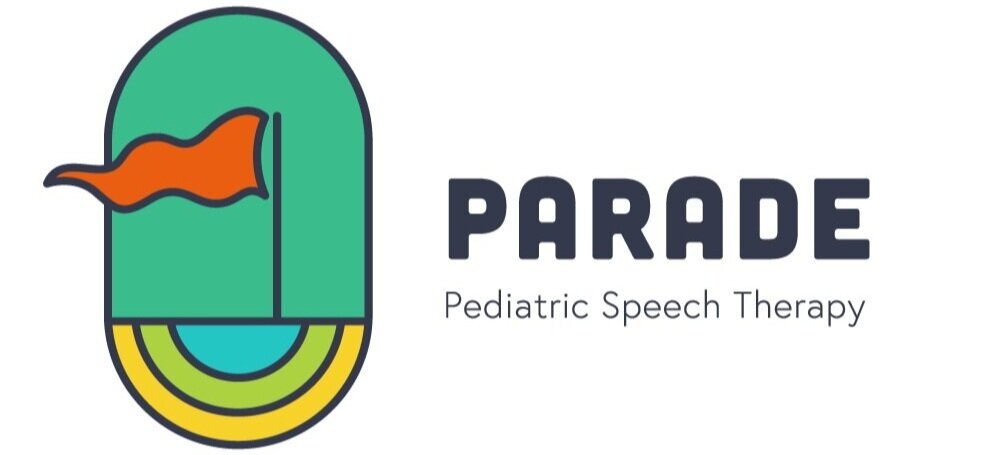Why I Love Teaching Kids the R Sound
According to a study done by McLeod and Crowe (2020), most children can pronounce the R sound by age 6. Did you know that R is one of the common sounds that we say in American English?
Because it is so common, errors on R can be more noticeable in a child’s speech than other letters. R is everywhere! Keep in mind that different dialects of English may pronounce the R sound differently.
R can be found in the following places in words:
At the beginning, such as Red
In a consonant cluster, such as Truck
In the middle, such as in Start
At the end, such as in Teacher
Teaching kids how to say the R sound is so rewarding for me because I love to see kids’ confidence build as they make progress on such a challenging sound!
Why is the R sound so challenging? Unlike many other consonant sounds, the way we move our tongue, jaw and lips to pronounce the R sound relies heavily on the vowel sound before it and where the R sound is placed in the word.
For example, say the word “start.” In some American English dialects, for this type of R, you have to start with your tongue in a low position and your jaw open to say the “ah” sound and then you move your tongue to the back and close your jaw slightly to make the R sound. The subtle movements required of the tongue, jaw and lips to move from a vowel sound to the R sound is what makes it so complex!
When you transition your tongue from a vowel sound to the R sound, you’re saying what’s called a vocalic R. Here are 6 types of vocalic R sounds:
OR (ex. organ)
EAR (ex. cheer)
IRE (ex. fire)
AIR (ex. chair)
ER (ex. shirt)
AR (ex. car)
I have helped dozens of kids with their R sound. I love teaching the correct tongue placement for R by using play doh, puppets, and videos. I love hearing the R sound come to life and seeing kids gain confidence in themselves!
Does your child have trouble saying the R sound? Don’t hesitate to reach out! I offer a free consultation.

